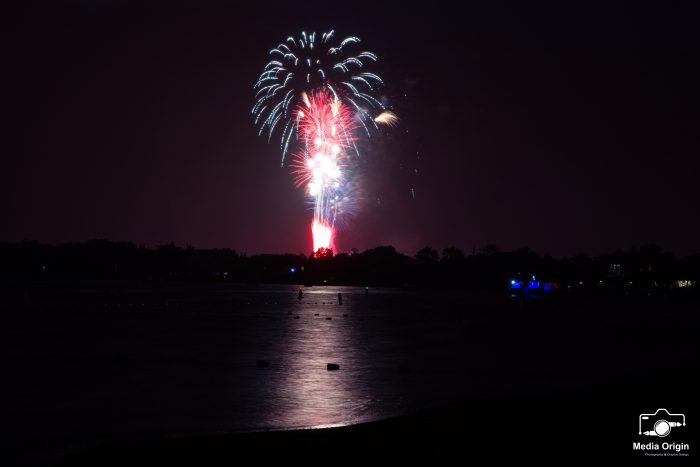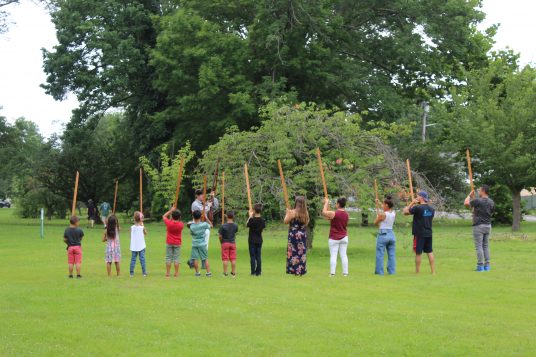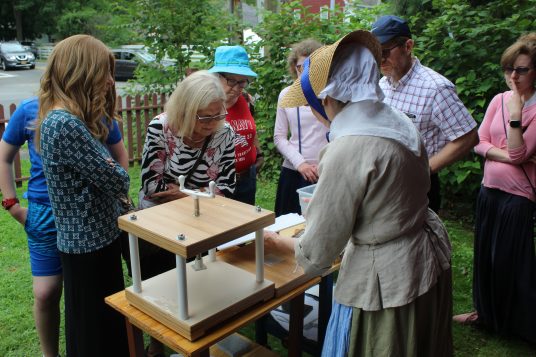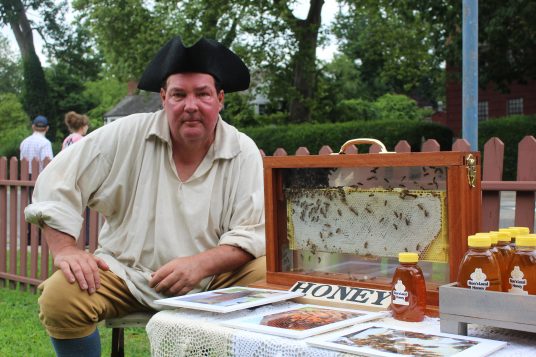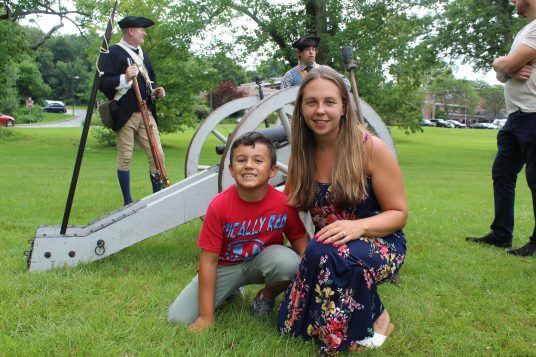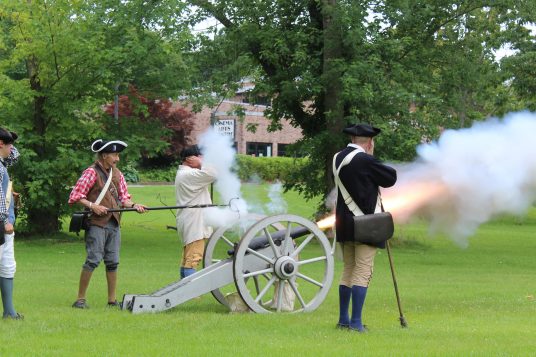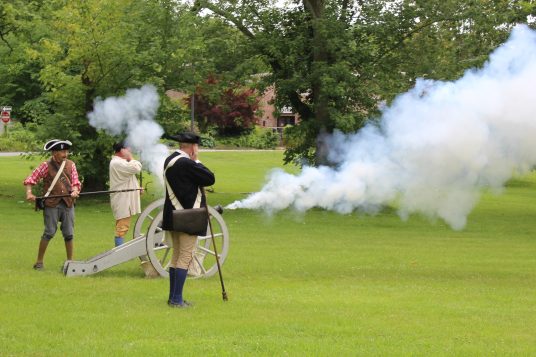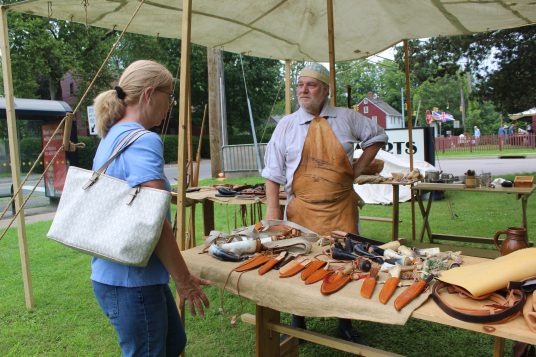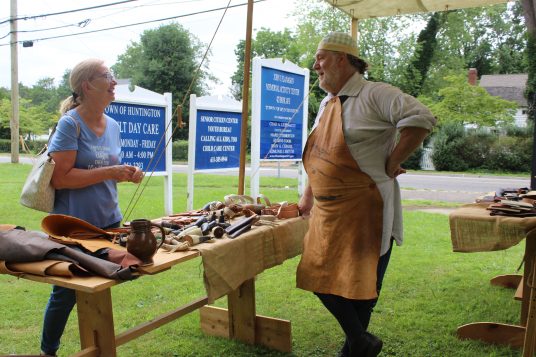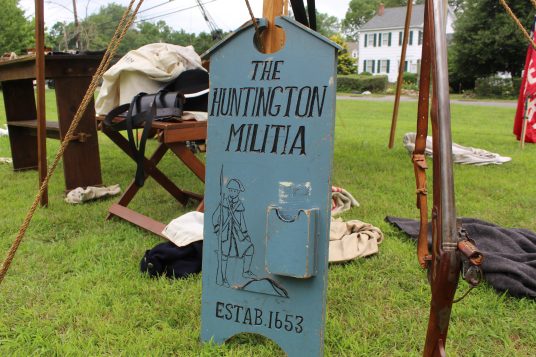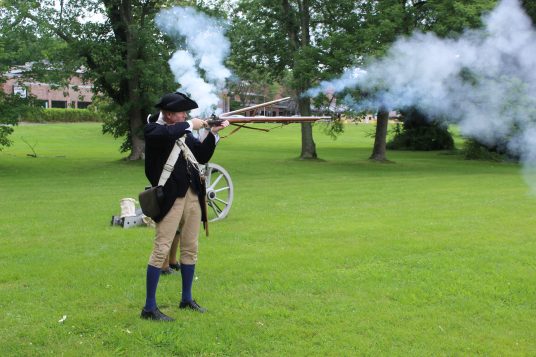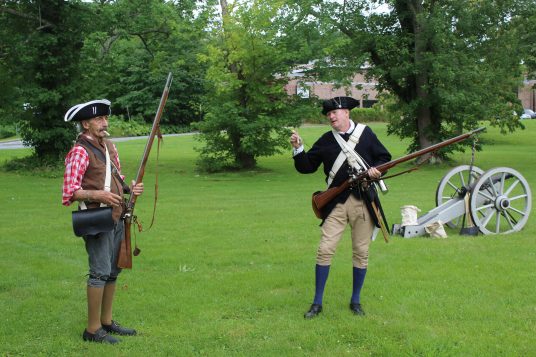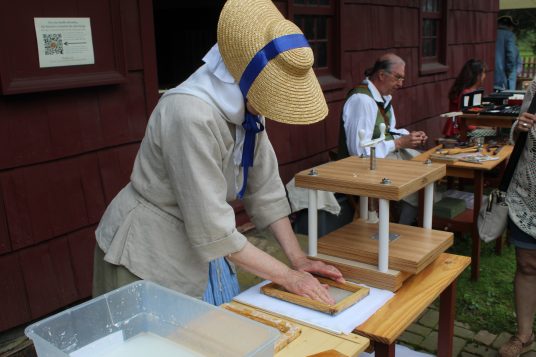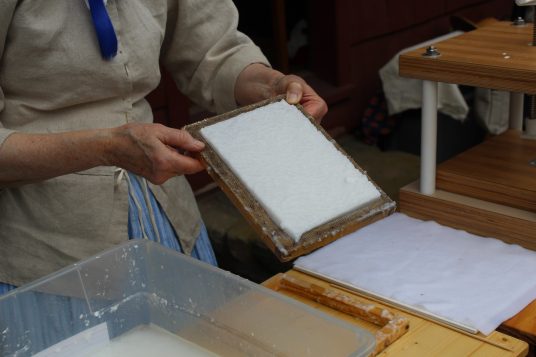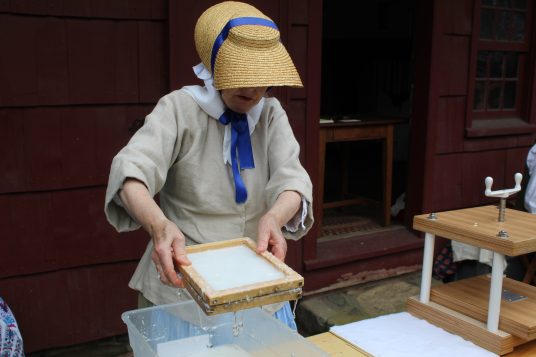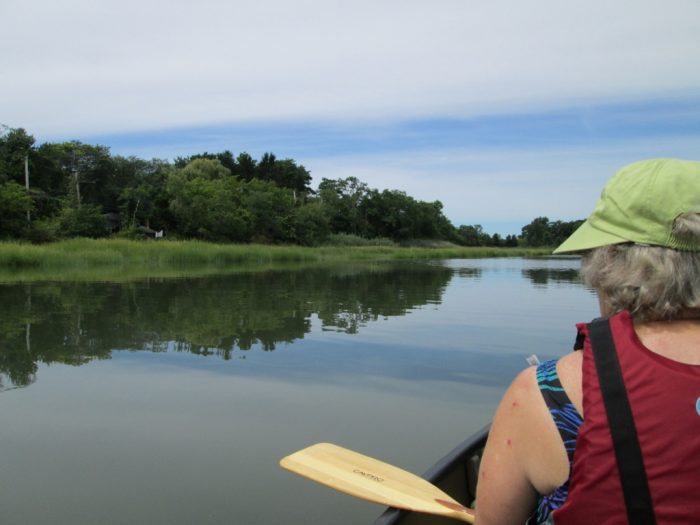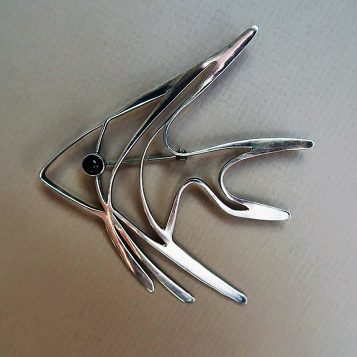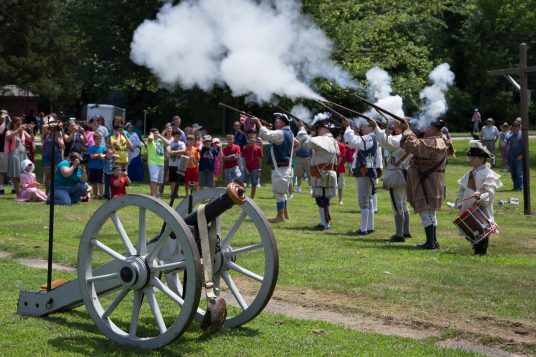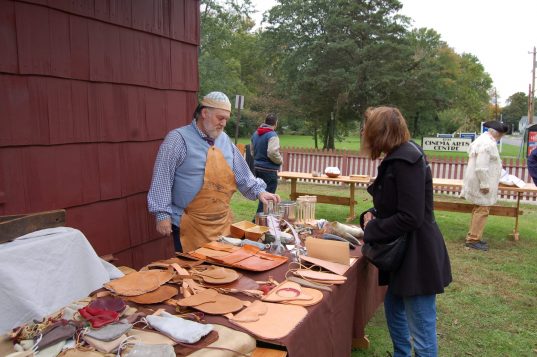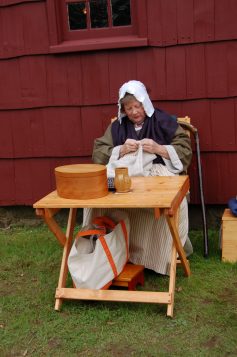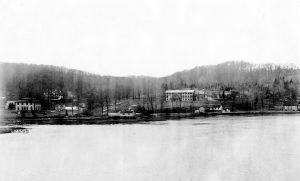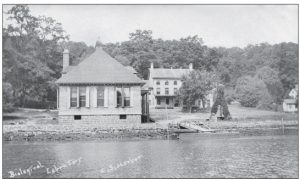Fourth of July is a time meant to be spent with friends and family while barbecuing some of the best American meals.
It’s also the one holiday a year where lighting off fireworks from morning to night time is completely acceptable — even encouraged.
This countrywide celebration of America may be enjoyable for most but for others, such as combat veterans and first responders suffering with post-traumatic stress disorder, it can be an extremely stressful day. And when fireworks are set off on other days, it can be even more unnerving for them and others.
Is celebrating this national holiday at the cost of our own heroes?
According to a National Health and Resilience in Veterans Study, 87% of veterans have been exposed to at least one potentially traumatic event and experience on average of 3.4 such events throughout their service. The National Institutes of Health also recorded that an estimate of 400,000 first responders in America have at least some symptoms of PTSD.
The degree of exposure varies from person to person, therefore affecting the magnitude of their illness.
The sounds of fireworks — loud, sudden and reminiscent of traumatic events — may trigger PTSD, making it difficult for some who experience symptoms to enjoy their holiday. Lighting off fireworks throughout the month or late at night could additionally put a veteran or first responder into a bad spot.
Even weeks after the Fourth of July is over, sleeping troubles or nightmares may persist.
Paws of War, located in Nesconset, rescues and trains shelter dogs to become service dogs for Long Island veterans and first responders. With the mental pressure of dealing with the holiday, a service dog can also serve as a calming aide to those coping through a PTSD episode.
One way to make sure a veteran doesn’t become triggered is to involve them in lighting the fireworks so the shock of hearing the fireworks won’t be unexpected. Many veterans choose to light fireworks for their family.
There are many other ways to celebrate the Fourth of July and summer that don’t involve setting off fireworks. Fishing, boating, visiting historical parks, watching patriotic movies and barbecuing are just some of the alternate options that families can do together to celebrate. However, if you’re still itching for fireworks, sparklers are noise free and easy to bring anywhere you go.
So next Fourth of July, being sensitive to veterans and first responders could turn their nerve-racking holiday into a happy one.

